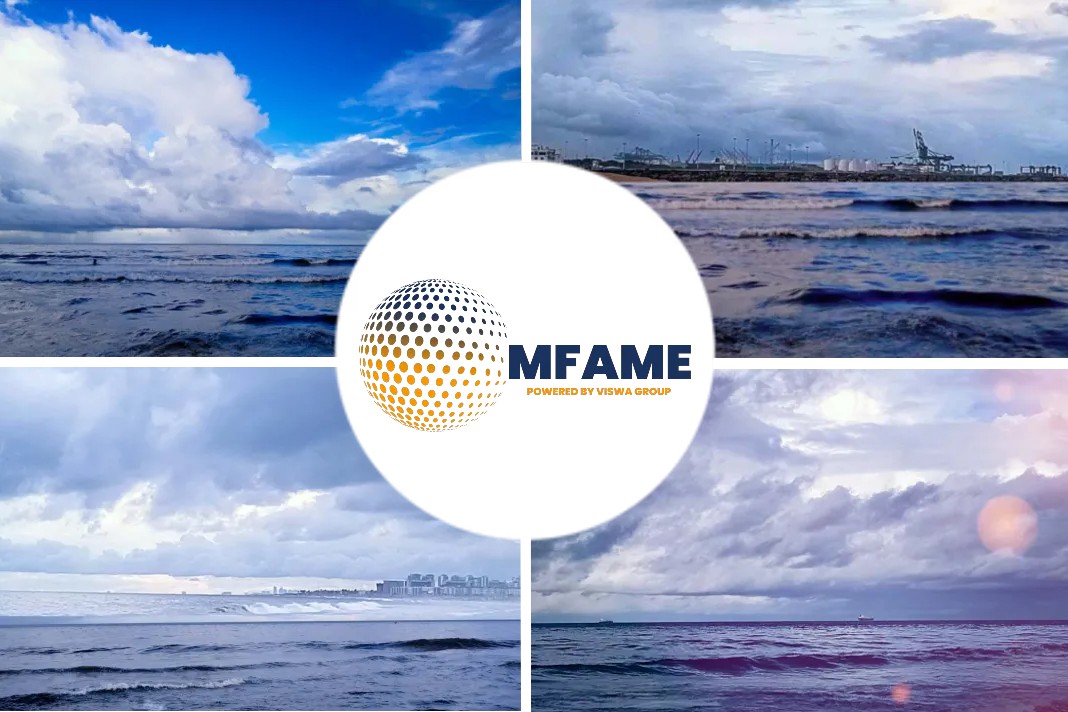- Shipments of timber and grain are being loaded onto a class of ship normally reserved for other cargo.
- This may be attributed to the strong demand to move commodities causes dislocations to the supply of vessels.
- Logs from Uruguay and grain from Brazil are set to be loaded giant Capesize ships this month or next, according to shipping data from S&P Global Platts.
- The vessels are normally used to transport coal and iron ore — the industry’s two main cargoes.
- By contrast, timber typically gets moved on smaller vessels, according to Genco Shipping & Trading Ltd. Chief Executive John Wobensmith.
A recent news article published in the Bloomberg Quint reveals that Big ship snag unusual cargoes as dry-bulk market tightens.
Overall dry-bulk market
“It just shows you how tight the overall dry-bulk market is, and it’s only going to get tighter,” Wobensmith said in an interview Thursday. Elevated freight rates are “not something that is for the next three months, this has got legs going well in to 2022 because of the low supply situation.”
Capesize rates
Capesize rates averaged about $18,000 a day so far this year, a jump of almost 40% from last year’s average, Wobensmith said.
They are poised to rise further, helped by strong coal import volumes in India and Vietnam, and rising grain and iron ore exports from Brazil, he said.
New York-listed Genco owns 41 vessels, according to its website. The firm’s shares have more than doubled in the past year.
Iron ore and coal, cargoes
Capesizes are normally used for iron ore and coal, cargoes that will represent about 2.7 billion tons of seaborne trade this year — by far the biggest source of demand for non-oil commodity freighters, data from Clarkson Research Services Ltd. show.
In normal times, more niche cargoes like logs tend to get delivered on smaller vessels like Panamaxes, the largest to navigate the Panama Canal.
But costs for those carriers have surged to the point where they’re more expensive than Capesizes.
New orders for bulk ships
New orders for bulk ships make up 6.8% of the total fleet’s deadweight tonnage, near the lowest in data extending back to 2005, according to IHS Markit data on Bloomberg.
There’s reluctance to buy new ships because of changing environmental regulations and uncertainty over what will emerge as the dominant clean fuel, said Wobensmith.
Genco believes ammonia will be used by the industry in the future, he added.
The supply of dry-bulk ships
The supply of dry-bulk ships was already under pressure as Covid-19 restrictions on seafarers and port workers slowed cargo deliveries, according to Gerry Craggs, managing director at Stemcor S.E.A. Pte Ltd.
Government stimulus to pump-up Covid-19 ravaged economies is also boosting demand for raw materials, he said.
Did you subscribe to our daily newsletter?
It’s Free! Click here to Subscribe!
Source: Bloomberg Quint

















